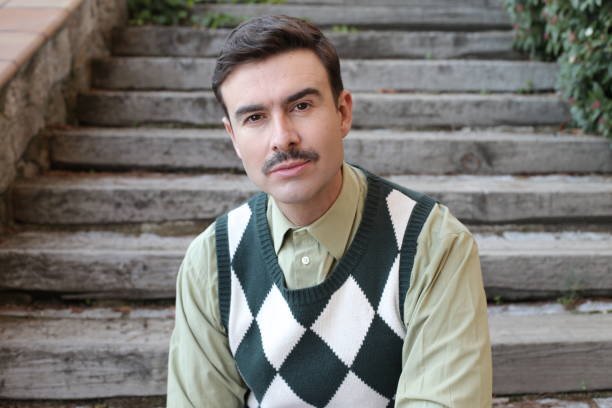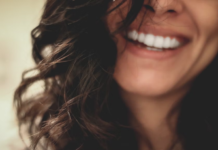
Mustaches have a long history in male grooming standards since the 1800s. But the earliest known use (without a beard) can be traced to Iron Age Celts. While beards eventually gained popularity, a dip in interest during the late-17th century gave stashes more visibility. By the late 1800s, mustaches gained significant traction, becoming a focus of male grooming with flamboyant and curled looks that complemented heavy sideburns. Around this time, a stash became synonymous with soldiers as many warriors donned iconic mustaches, cemented in history via portraits. But everything changed in the 20th century with the invention of disposal razor blades in 1895. Individuals had more scope to experiment with different styles.
As trends evolved, men started building a home grooming kit comprised of the best mustache comb, razors, and after-shave. These essentials can still be found in most male vanity kits. As the technology evolved and electric razors emerged, barbers became more particular about sculpting perfect hairlines and shaping facial hair. Subsequently, mustaches became trendy as various national and international leaders popularized their unique styles. Pop culture icons like Charlie Chaplin and athletes across the globe joined in with creative ideas. While the youth were exploring trendy new styling, many chose to stick to the traditional methods because of their timelessness.
Classic styles set the course for a new way of thinking about the stash
Primarily associated with the 19th and 20th centuries, classic styles like the Chevron, Horseshoe, Handlebar, and Walrus paved the way for facial hair styling. This was a time of thicker mustaches with a dramatic flair adding gravity to an individual’s personality. In modern times, this style is typically worn by older men projecting confidence and maturity. However, some of the audacious flairs have been sealed in the hallways of history. For example, the Walrus style is a thick, bushy stash covering the entire upper lip and extending down the mouth’s side.
Hollywood veterans Tom Selleck, Nick Offerman, and Sam Elliot have popularized the classic style. This type was also called ‘natural’ because individuals often let the hair grow naturally before shaping it. While it initially gained popularity in England, the classic mustache style found its way to Mexico, where it became a cultural trend. In recent years, Mexicans have associated the classic stash with a spirit of rebellion.
Modern mustaches explore new frontiers while rooted in tradition
The modern age saw a more streamlined approach to facial hair styling augmented by the growth of various technologies. In the 1930s, trimmed-down mustaches became a sensation among European men. This was probably an outcome of the region being embroiled in conflict for the better part of the century. Although rooted in classical convention, some modern styles include the Pencil, Fu Manchu, and Beardstache.
The new age of mustaches is classified using better razors and styling agents. Wax and pomade made grooming quite simple. During the post-war era, men could refocus their energy on facial hair styling, which gave birth to a multi-billion dollar offering of various products. In one of the biggest success stories, inverter and salesman King Camp Gillette secured a patent in 1901 for a safety razor that used disposable blades. This was a significant breakthrough because it allowed individuals to use the full capacity of the blades without stropping them. Interestingly, the three key figures establishing the Gillette company all sported Handlebar stashes.
Modern mustache styles are considered in tandem with the beard’s shape. You might find ‘hipsters’ sporting the Handlebar with different beard styles. Notably, actors James Franco, Henry Cavil, and Brad Pitt can be seen experimenting with mustaches on and off the screen. Additionally, former Green Bay Packer QB Aaron Rodgers caught attention by donning modern throwback styles.



